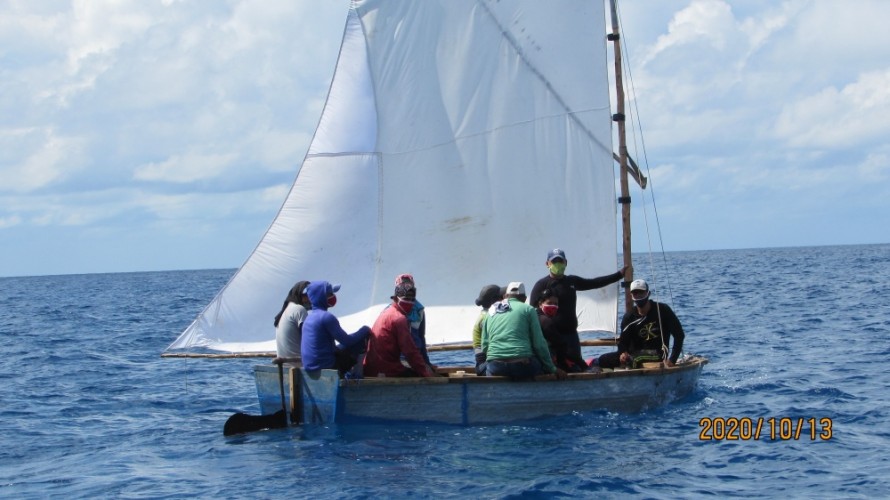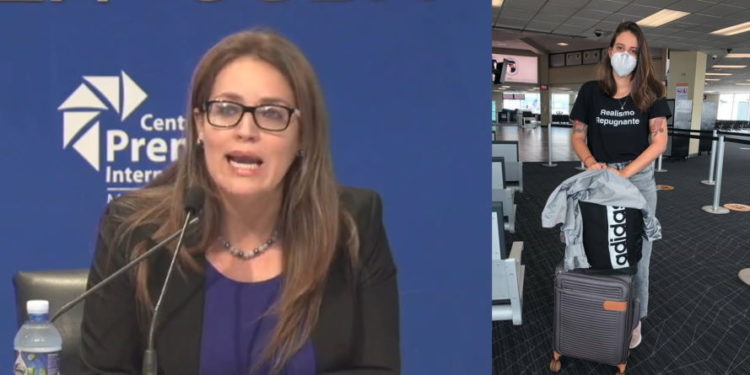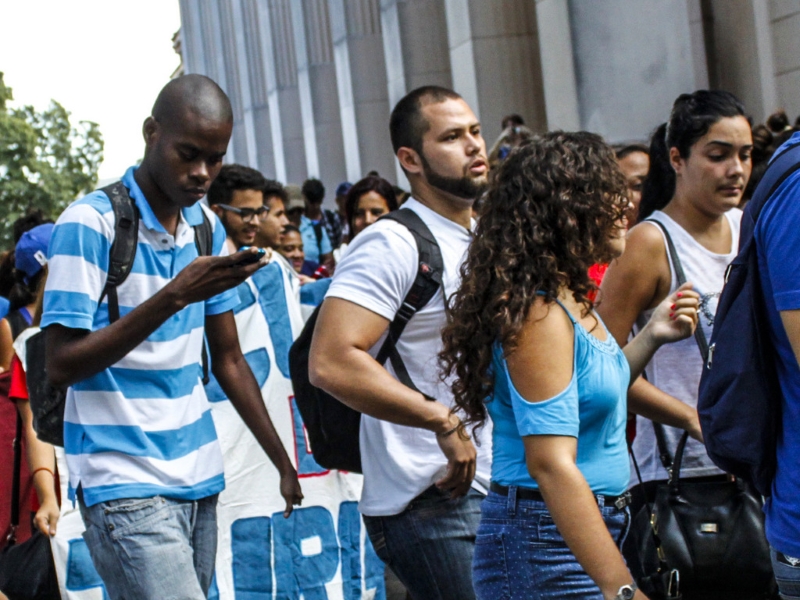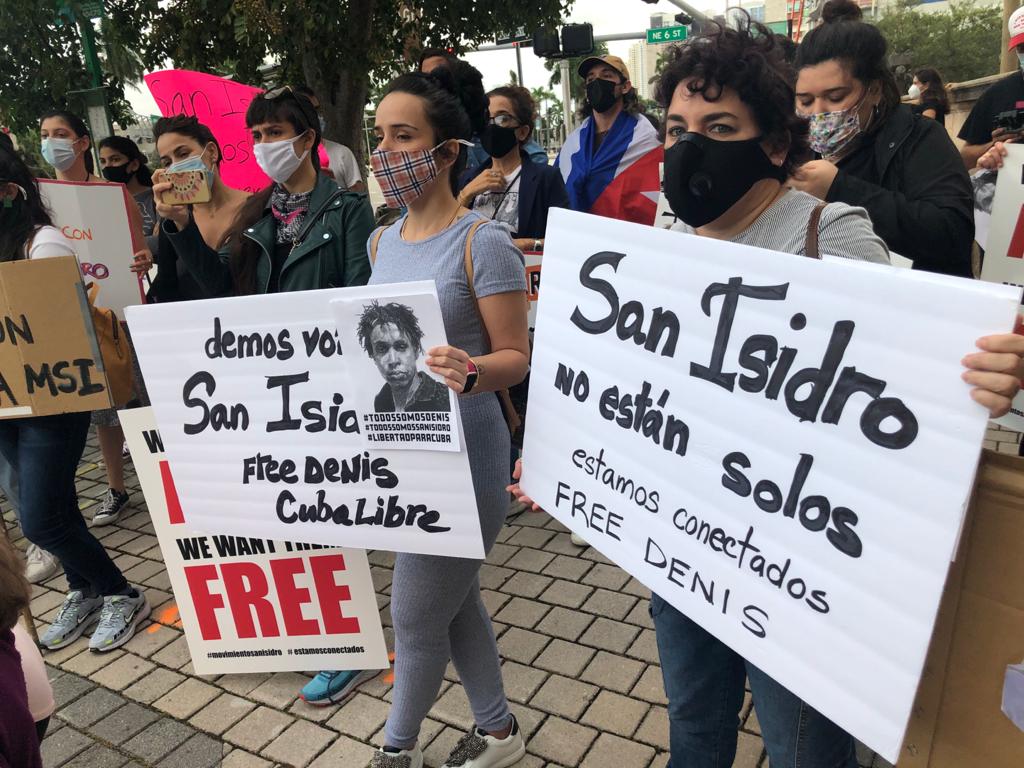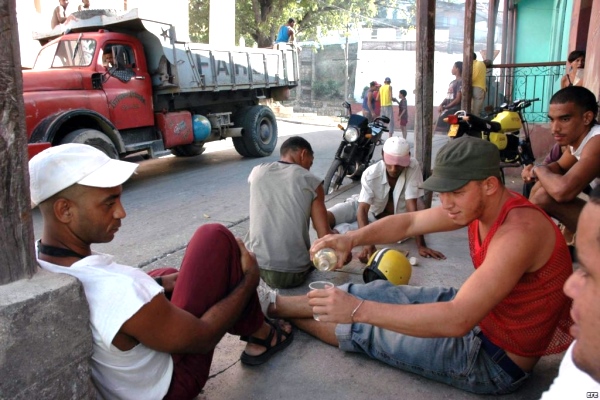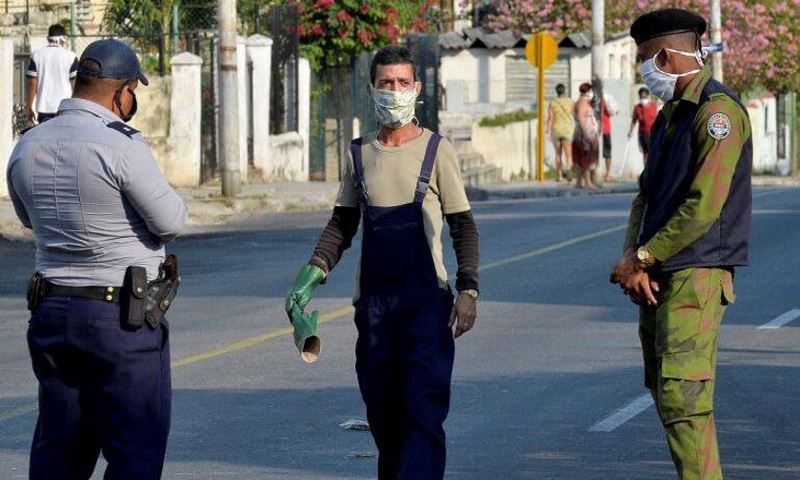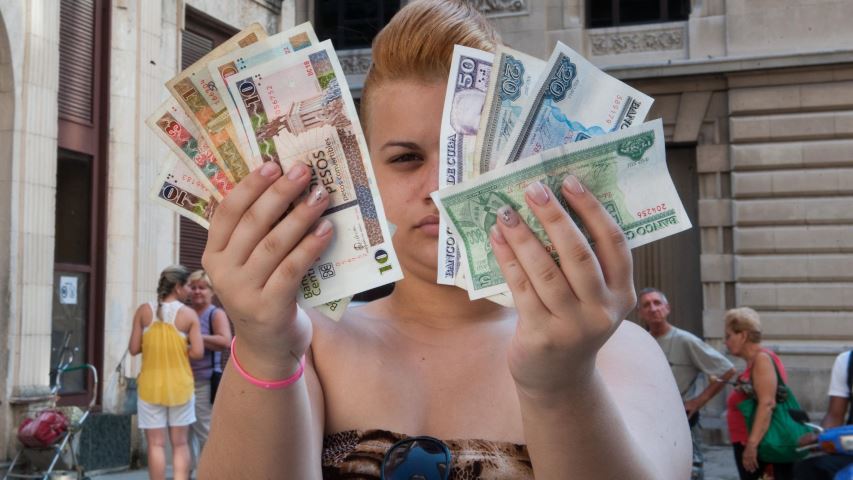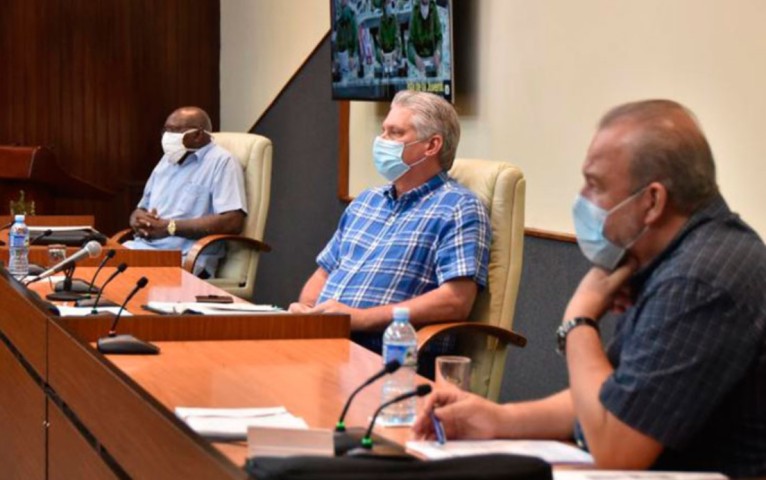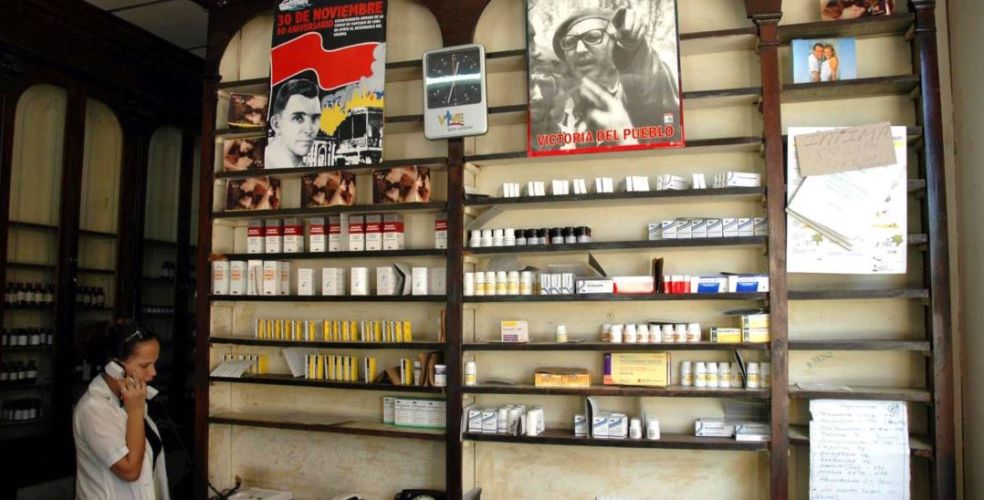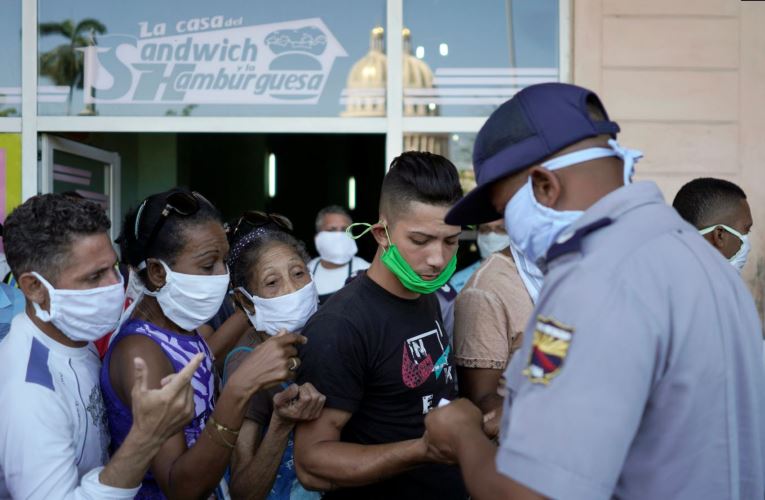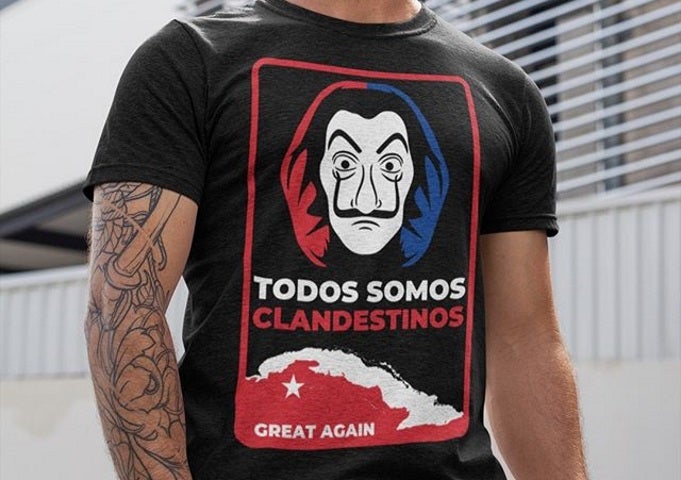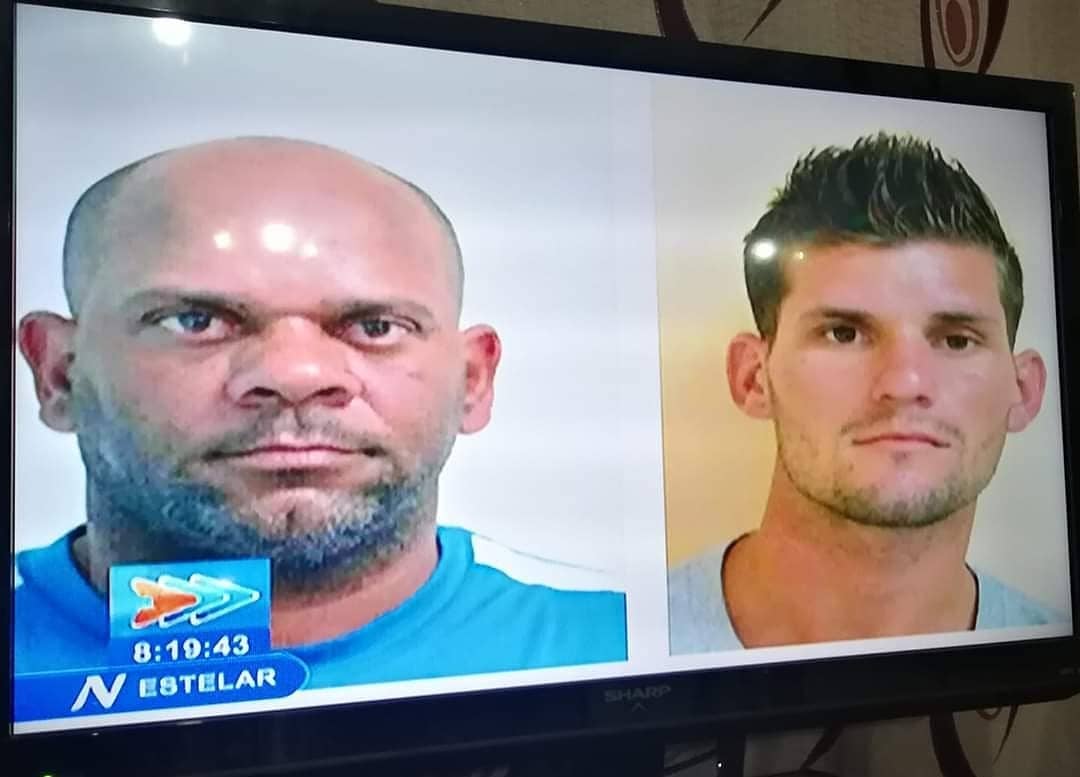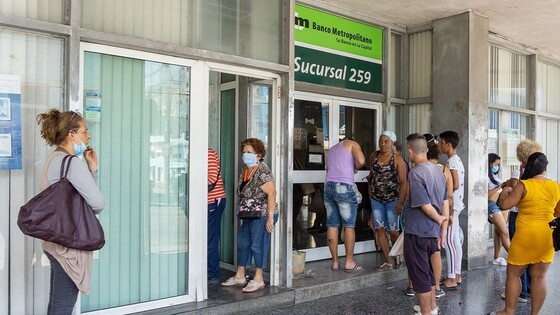
 Cubanet, Miriam Celaya, Havana, 11 June 2021 — An informative note from the Central Bank of Cuba (BCC) presented on Cuban TV’s Roundtable program this Thursday, June 10, announced the temporary suspension of US dollar deposits in Cuban banks by individuals and legal entities.
Cubanet, Miriam Celaya, Havana, 11 June 2021 — An informative note from the Central Bank of Cuba (BCC) presented on Cuban TV’s Roundtable program this Thursday, June 10, announced the temporary suspension of US dollar deposits in Cuban banks by individuals and legal entities.
As expressed in the note, this measure, which will go into effect on June 21, is “necessary for the protection of the banking system” and will affect cash, but not accounts in freely convertible currency (MLC), which will be able to continue receiving US dollars from abroad. The provision does not affect other currencies such as the Euro, Canadian dollars, Pounds Sterling, etc., in which deposits and other transactions can continue.
Presentations on the subject were given by Carlos Fernández de Cossío, Director General of the US Department of the Ministry of Foreign Affairs; Marta Sabina Wilson González, Minister President of the BCC, and the Vice Minister Yamilé Berra Cires. None of the interventions sufficiently clarified the implementation of this new edict. continue reading
Resolution 176 of the BCC is based on the impossibility of depositing physical US dollars in international banks in Cuba due to the restrictions imposed by the “extraterritorial nature of the blockade,” which makes it increasingly difficult to find banking institutions that will allow Cuba to carry out transactions in that currency.
According to Fernández de Cossío, with the tightening of the blockade applied by the Trump administration since 2017, but with greater force since 2019, “the US seeks to depress income and generate hunger and misery” in order to achieve a social outbreak that will do away with the Revolution. The emphasis on affecting the financial sector, laments the official, “has had surgical precision,” with “devastating impact.”
The official maintains that the limitation of remittances since 2019 and the suppression of the institutional channels to process them -he refers directly to the express prohibition of conducting of US dollar transactions through FINCIMEX — turns it into cash arrivals in Cuba, introduced by Cuban and foreign travelers, which causes a “disproportionate” circulation in that currency without being able to give it its due course.
The matter is confusing, especially considering the pernicious lack of liquidity that Cuban authorities often complain about, which was the reason given for the controversial opening of MLC-operating stores. Now it turns out that the “blockade” has generated an accumulation of dollars in Cuba which the government alleges it has no way to process.
According to Minister Wilson, an accumulation of physical money has been created that is without value because it cannot be circulated; “No foreign trade operation can be carried out with it.” She says that “the incisive effect on the financial system” and the loss of counterpart foreign banks is an additional damage caused by the US blockade against Cuban banks. “Placing Cuban entities on a black list implied the limitation of transactions with those entities”, she points out. Therefore, “people must understand that we have no other option” than the application of this resolution.
June 20 was established as the deadline for the public to make dollar deposits. It was also announced that the application of the new provision is temporary and that it will not result in penalties for holding dollars.
The duration of this measure, insists Wilson, “will depend on the duration of the restrictions imposed by the United States on Cuba,” which leaves the alleged “sovereignty” that the Island’s government authorities boast so much about in very bad standing.
For her part, Vice Minister Yamilé Berra was in charge of another array of calamities suffered by the Cuban banking system from the pressures established by Trump, which “Biden has kept intact.” Among them, he mentioned the conclusion of operations with Cuba on the part of 35 foreign banks, 12 of which were fined hefty multimillion-dollar fines under the Helm-Burton Act.
Berra also stated that, as part of the measures implemented since 2017 by the Trump administration, Cuban banking messaging system was canceled and several banking services have been closed operationally, including messaging and correspondent codes, and the refusal to accept Cuban operations using letters of credit.
“In 2020 alone, there were more than 190 actions by foreign banks against Cuban banks,” declared the vice minister, who regrets that Cuba is considered a risky country for these banks, a rating that has the “blockade” as one of its reasons. The official did not refer to other possible reasons -such as the recurrent defaults on the overwhelming debt- for the existence of such reserves against the Cuban banks.
In short, the statements by government officials on the Roundtable program, far from being enlightening, left many unanswered questions, in addition to omitting some questions of great interest. It would have been interesting to know if the non-acceptance of US dollars by Cuban banks includes the suppression of their purchase in the CADECAs at the rate of 24 x 1, given that this entity is part of the same financial system. It is assumed that the dollars collected by the CADECAs would also accumulate in bank vaults and thus lose their user value.
Another question corresponds to the statement of the CADECA management, a few weeks ago, about its lack of liquidity to change the national currency into foreign currency, as in cases of visitors who return to their countries of origin and try to get rid of the CUP. It turns out that — and is contradictory at a minimum — in a country where vaults are full of dollars that cannot be given their user value, it is not possible by a financial entity created for that purpose to exchange currency.
Nor can we ignore the possibility that the new resolution of the BCC has the unconfessed purpose of suppressing, or, at least, of limiting, the rampant illegal market of currencies, of which the most present is indeed the US dollar, a market that, among other secondary evils, encourages the development of illegal trade with products that are sold exclusively in MLC stores.
For the moment, in the days to come, corresponding reactions to these illicit activities should take place, typical of economies in crisis, as the Cuban case has been for decades. It is to be expected that the value of the dollar will tend to fall — at present it is around 70 CUP — while the Euro should rise considerably.
Attention, Cubans, new distortions are coming.
Translated by Norma Whiting

